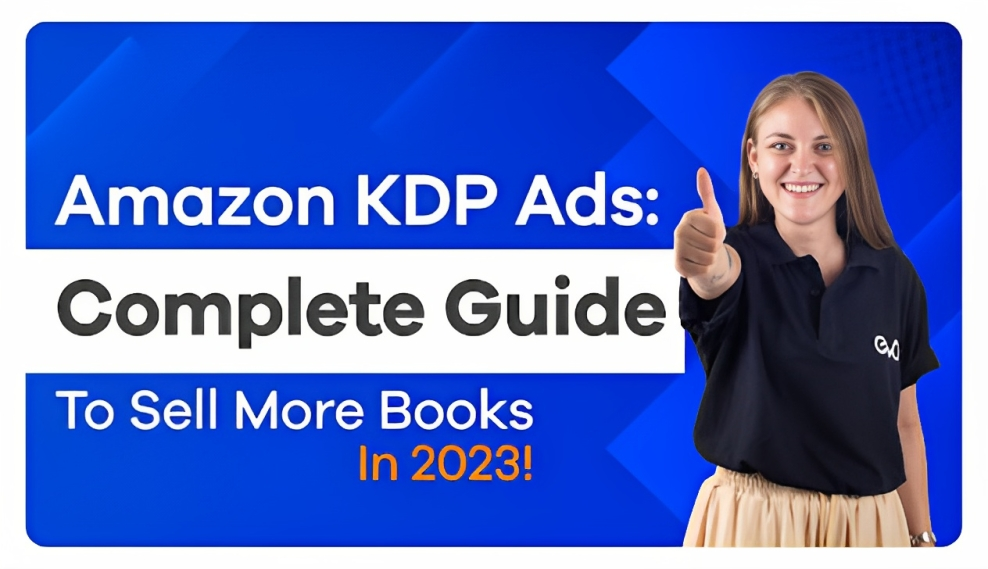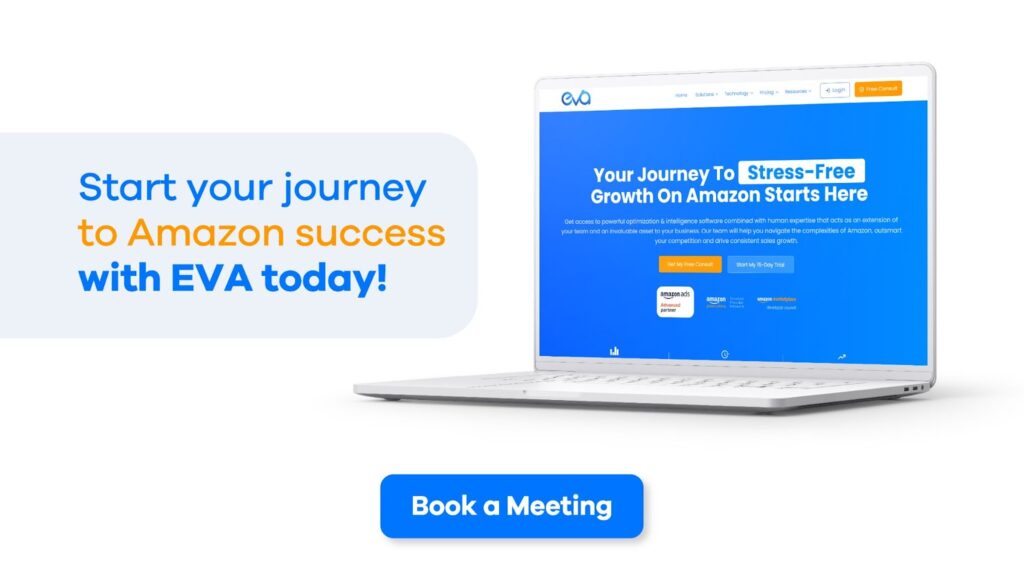Picture this: you’ve poured your heart and soul into writing your book, meticulously editing every sentence until it’s the perfect piece of prose.
But now what? How do you get your masterpiece into the hands of readers who will love it as much as you do?
Enter Amazon KDP Ads, the not-so-secret weapon of savvy authors and publishers. With the power to target specific audiences and boost book sales, Amazon KDP Ads is a must have tool for anyone serious about succeeding in the fiercely competitive world of self-publishing.
In this ultimate guide, we’ll take you through everything you need to know to master Amazon KDP Ads and take your book marketing to the next level.
So let’s dive in!
Table of Contents
- What Are Amazon KDP Ads?
- Why Are Amazon KDP Ads Essential for Authors and Publishers?
- Step-By-Step Instructions on How to Set Up Your Amazon KDP Account
- How to Create a Book on Amazon
- Different Types of Amazon KDP Ads
- How to Select the Right Ad Type for Your Book & Marketing Goals
- Best Practices for Creating a Copy for Amazon KDP Ads
- How to Set Up Amazon KDP Ad Campaigns
- How to Select the Right Keywords & Ad Targeting Options
- How to Optimize Your Amazon KDP Ad Campaigns
- How to Optimize Your Campaigns Based on Data Analysis
- 3 Advanced Strategies for Catalyze Your Amazon KDP Ads
- Bidding Strategies & Best Practices for Maximizing ROI
- Conclusion
- FAQ | Amazon KDP Ads
What Are Amazon KDP Ads?

Amazon KDP Ads is an advertising campaign offered by Amazon’s Kindle Direct Publishing (KDP) platform, designed specifically for authors and publishers to promote their books.
These ads appear on Amazon’s website, search results pages, and even on Kindle e-reader devices, reaching millions of potential readers worldwide.
With various ad formats, targeting options, and bidding strategies, Amazon KDP Ads allow authors and publishers to create effective campaigns that drive book sales and increase visibility.
So whether you’re a self-published author looking to expand your audience or a publishing house looking to promote your latest release, Amazon KDP Ads can be a valuable tool in your book marketing arsenal.
Why Are Amazon KDP Ads Essential for Authors and Publishers?
| Benefits of Amazon Ads for KDP Authors |
| Increased Visibility |
| – Amazon ads help increase the visibility of your book among a vast audience of potential readers. |
| – Your book can appear prominent on Amazon’s search results and product detail pages. |
| Potential Sales Growth |
| – By reaching a broader audience, Amazon ads can drive more traffic to your book’s sales page, potentially resulting in increased sales. |
| – Increased visibility and exposure can lead to improved discoverability and a higher likelihood of conversions. |
| Reaching a Targeted Audience |
| – Amazon’s powerful targeting options allow you to reach specific demographics, interests, or behaviors that align with your book’s target readers. |
| – Targeting options include relevant genres, keywords, customer interests, and even specific books or authors. |
| – This helps ensure that your ads are shown to readers who are more likely to be interested in your book, increasing the chances of engagement and sales. |
In today’s crowded online marketplace, simply publishing a book isn’t enough to guarantee success. With millions of books available on Amazon alone, it’s easy for your book to get lost in the shuffle.
This is where Amazon KDP Ads come in. By using these powerful advertising tools, authors and publishers can target specific audiences and increase the visibility of their books. This can lead to increased sales, better rankings, and ultimately, greater success as an author or publisher.
Additionally, Amazon KDP Ads are relatively easy to use and can be implemented with various budgets, making them accessible to authors and publishers of all sizes.
In short, if you want to get your book noticed in today’s competitive publishing landscape, Amazon KDP Ads are crucial in your marketing toolkit.

Step-By-Step Instructions on How to Set Up Your Amazon KDP Account
To set up your Amazon KDP account, you can follow these steps:
- Go to https://kdp.amazon.com and register your Amazon account.
- Click on the “Self Publish With Us” tab at the bottom of the main page on Amazon.
- Sign in with your Amazon login credentials.

- Set up your tax details with KDP when prompted.
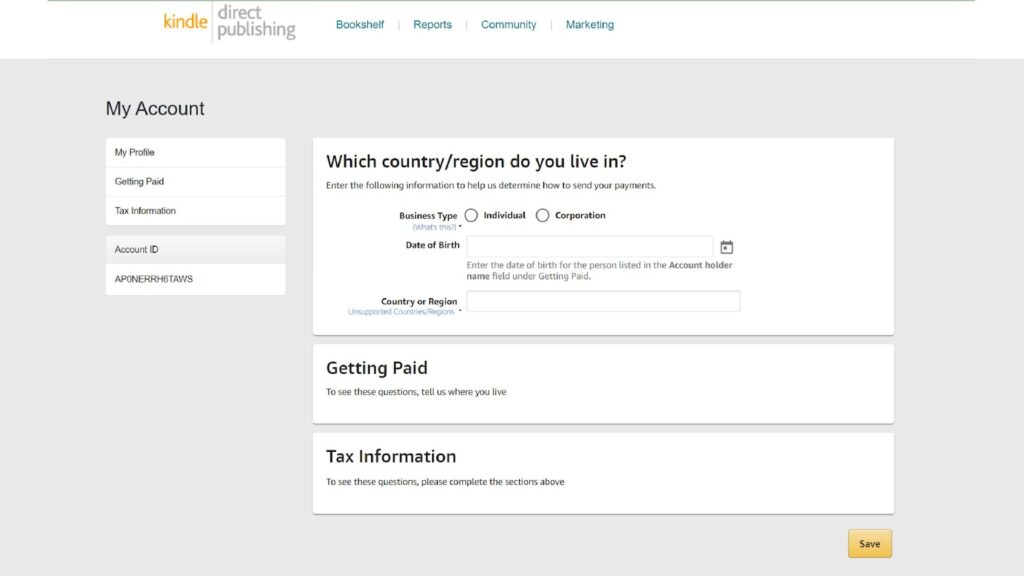
- Click “Save” to start setting up your book.
- Upload your manuscript file by going to your Bookshelf and clicking the ellipsis button (“…”) under KINDLE EBOOK ACTIONS next to your book.
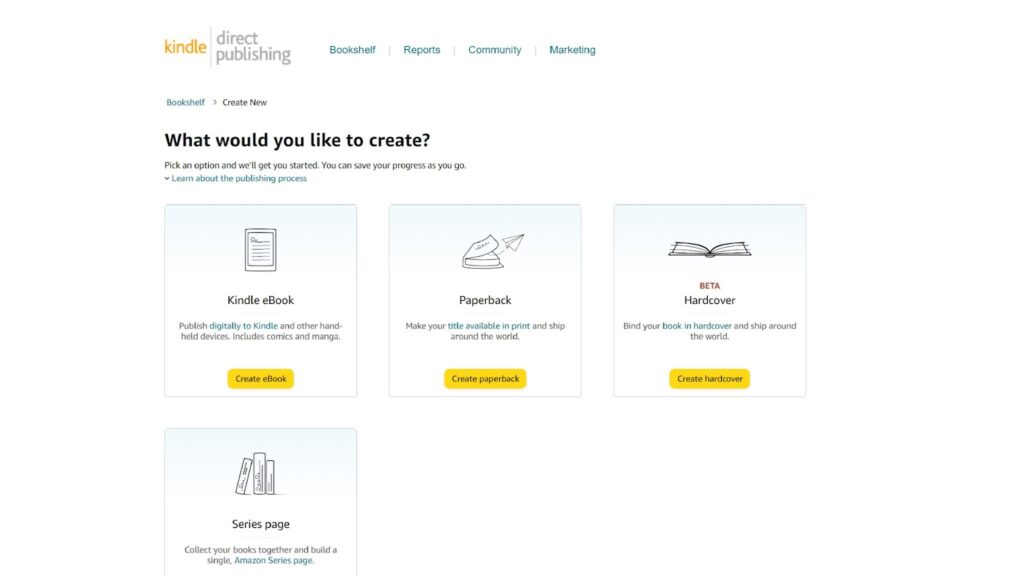
- Click on Edit eBook Content, then on Upload Your Book Content and upload it to KDP.

- Next, you’ll set rights and pricing.
- Readers can purchase your eBook and instantly download it to their device or purchase your paperback copy, and Amazon’s KDP platform will use print-on-demand technology to print and ship your book directly to the reader once purchased.
How to Create a Book on Amazon
To create a book, you will need to provide the following information:
- Title
- Author
- Publisher
- Genre
- Keyword
- Description
- Price
Once you have created your book, upload it to Amazon KDP. You can do this by uploading a file or using the Amazon KDP website.
Once your book is uploaded, you must create a cover for it. You can do this using a pre-made template or creating your own design.
Next, write a description for your book. It should be clear, concise and should give potential readers an idea of what your book is about.
Then, you must set a price for your book. You can choose to set a fixed price, or you can choose to set a price using the Amazon KDP pricing algorithm.
Finally, you will need to publish your book. Once your book is published, it will be available on Amazon.
Different Types of Amazon KDP Ads
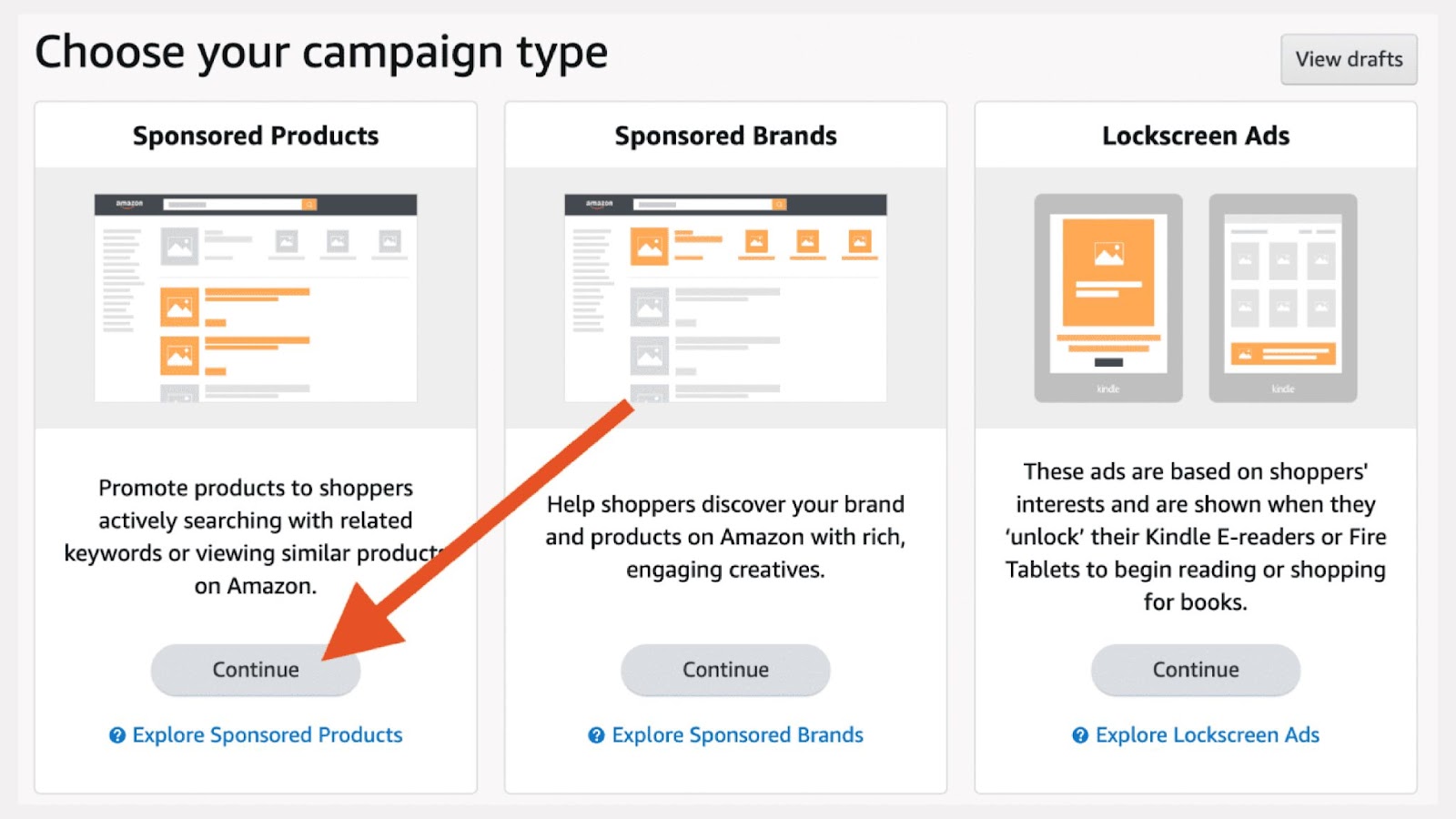
Amazon Kindle Direct Publishing (KDP) offers several advertising options for authors and publishers to promote their books on the Amazon platform.
The three main types of Amazon KDP Ads are Sponsored Products Ads, Sponsored Brands Ads, and Lockscreen Ads.
Sponsored Products
Sponsored Products ads are text ads that appear on the search results page when someone searches for a keyword related to your book.
You can choose the keywords that you want your ad to appear for, and you only pay when someone clicks on your ad.
Sponsored Products ads are a great way to get your book in front of people already interested in your offer. They can also help you to increase your sales.
Sponsored Brands
Sponsored Brands ads are image ads that appear on the product pages for the books that you choose. You can choose the keywords that you want your ad to appear for, and you only pay when someone clicks on your ad.
Sponsored Brands ads are a great way to get your book in front of people already browsing Amazon’s product pages. They can also help you to increase your sales.
Lock Screen Ads
They appear on the lock screen of Amazon Fire tablets and Kindle e-readers. When a user unlocks their device, they will see an ad for one of your books. You only pay when someone clicks on your ad and opens your book.
How to Select the Right Ad Type for Your Book & Marketing Goals
- Consider your target audience. Whom are you trying to reach with your ads? If you’re targeting people already interested in your book, then Sponsored Products ads are a good option. If you’re trying to reach a wider audience, then Sponsored Brands ads might be a better choice.
- Think about your budget. How much money are you willing to spend on advertising? Sponsored Products ads are more affordable than Sponsored Brands ads but may not be as effective at reaching a wider audience.
- Set realistic goals. What do you hope to achieve with your ads? Do you want to increase sales? Generate leads? Drive traffic to your website? Once you know what you want to achieve, you can choose the ad type most likely to help you reach your goals.
- Test different ad types. The best way to find out what works for you is to test different ad types and see what results you get. You can use Amazon’s A/B testing tool to compare the performance of different ads.
- Monitor your results. Once you’ve launched your ads, monitoring your results and making adjustments as needed is important. You can use Amazon’s advertising console to track your ad performance.
Best Practices for Creating a Copy for Amazon KDP Ads
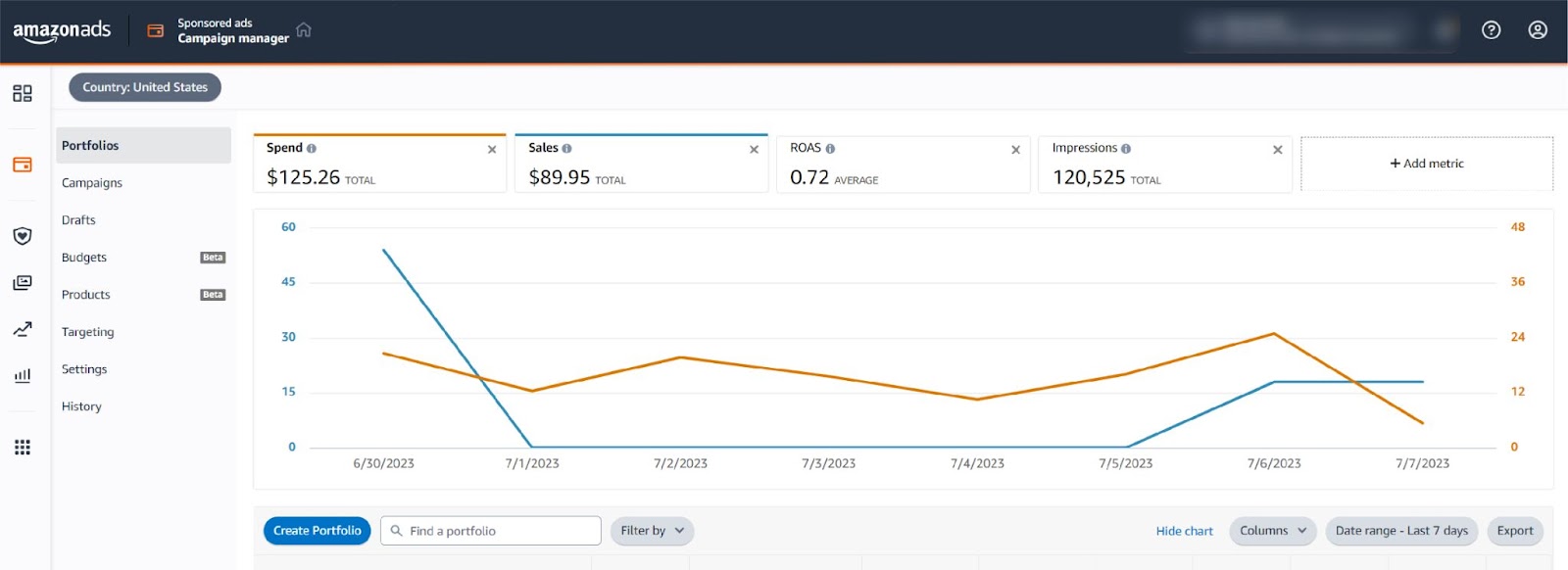
When creating copy for your Amazon KDP Ads, keeping your audience in mind is essential. What are they interested in? What are their pain points? What are their goals?
Once you understand your audience, you can write a copy that resonates with them and encourages them to take action.
Here are a few tips for creating copy that resonates with your audience:
- Use strong headlines. Your headline is the first thing people will see, so it’s essential to make it count. Use strong, attention-grabbing headlines to make people want to learn more about your book.
- Write compelling descriptions. Your book description is your chance to give people a taste of what your book is about. Ensure your description is well-written and engaging, highlighting the benefits of reading your book.
- Use keywords throughout your copy. When people search for books on Amazon, they use keywords to find what they want. So you need to include relevant keywords in your copy so that your ads appear when people search for books like yours.
- Test different variations of your copy. The best way to see what works for your audience is to test different variations of your copy. You can use Amazon’s A/B testing tool to compare the performance of different ads.
How to Set Up Amazon KDP Ad Campaigns
- Sign in to kdp.amazon.com: This is the first step to accessing your KDP account.
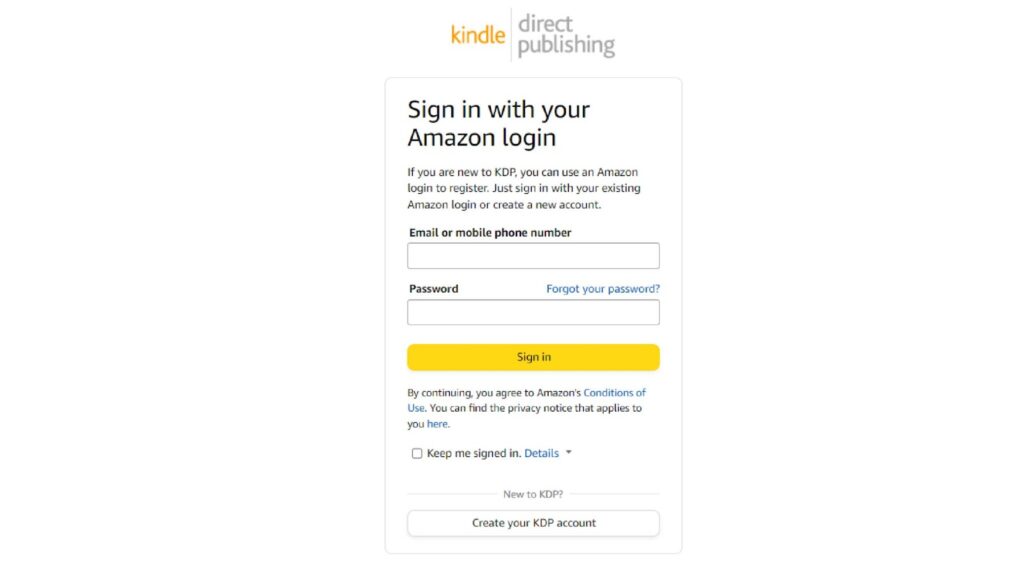
- Choose your book from your KDP bookshelf: Select the book you want to promote by clicking on the book cover from your KDP bookshelf.
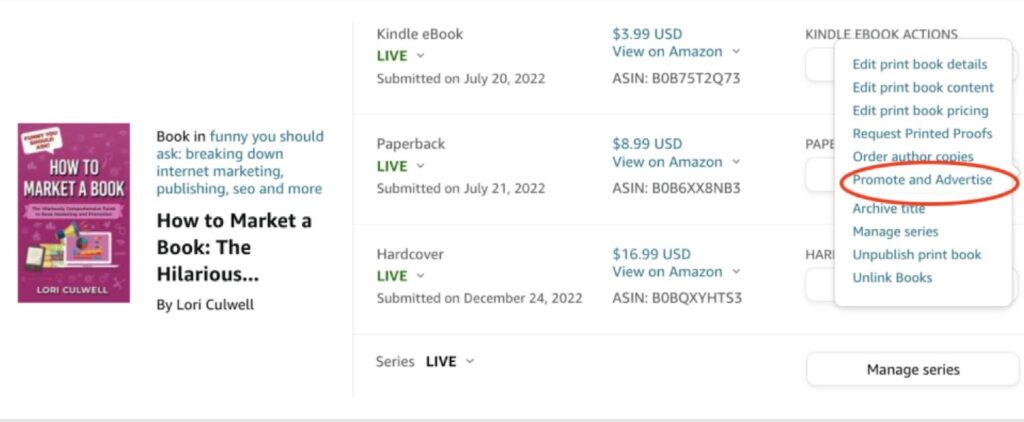
- Click “promote and advertise“: Once you have selected your book, click on the “promote and advertise” button on the right-hand side of the page.
- Under “Run an ad campaign,” choose your marketplace, and select “Create an ad campaign“: This is where you will select the marketplace where you want to advertise your book. Then, you need to click on “Create an ad campaign” to start setting up your ad.
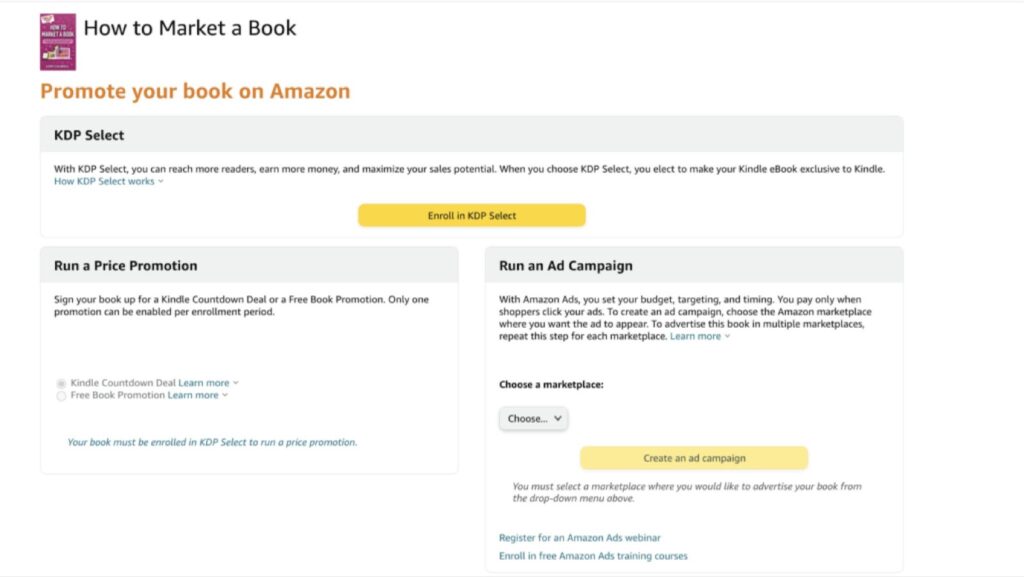
- Sign in to Amazon Ads using your KDP credentials: To access Amazon Ads, you will need to sign in using your KDP account credentials.


- Access Amazon Ads from Author Central: Author Central is a platform for authors to manage their books on Amazon. Once you are signed in to Amazon Ads, you can access it from Author Central.
- Follow any additional steps Amazon requires, such as entering valid credit card information: Depending on the marketplace and ad format you choose, you may be asked to enter additional information, such as your billing address and credit card details.

How to Select the Right Keywords & Ad Targeting Options
When creating Amazon KDP campaigns, selecting the right keywords and ad targeting options is important. This will help you to reach your target audience and maximize your return on investment.
There are a few things to keep in mind when selecting keywords for your campaigns:
- Relevance: Your keywords should be relevant to your products or books. For example, if you are selling a book about dogs, you might want to use keywords like “dog training” or “dog breeds.”
- Competitiveness: You will want to choose keywords that are not too competitive. If you choose keywords that are too popular, your ads will be less likely to show up.
- Search volume: You will want to choose keywords with a decent amount of search volume. This means that people are searching for these keywords.
Next, you must choose the right ad targeting options. There are a few different options available, including:
- Automatic targeting: This option allows Amazon to automatically target your ads to relevant keywords.
- Manual targeting: This option allows you to manually choose the keywords that your ads will target.
- Negative keyword targeting: This option allows you to exclude certain keywords from your campaigns.
The best ad targeting options for you will depend on your specific goals and budget. You might want to use automatic targeting if you are just starting out. This will allow Amazon to automatically target your ads to relevant keywords. As you get more familiar with Amazon KDP, you can experiment with different ad targeting options to see what works best for you.
How to Optimize Your Amazon KDP Ad Campaigns
How to Monitor Ad Performance & Make Data-Driven Decisions
The first step is to regularly review the key performance indicators (KPIs) associated with your ads, such as impressions, clicks, click-through rate (CTR), and cost per click (CPC).
Track these metrics to identify which ads are performing well and which ones need improvement. Additionally, you can leverage Amazon’s ad reporting tools to gain deeper insights into your ads’ performance and adjust your ad targeting, budget, and bid strategies accordingly.
Key Metrics to Track & How to Interpret Them
Amazon KDP key metrics are essential for tracking the performance of your books and making informed decisions about your publishing strategy. Some of the most important metrics to track include:
- Sales: This is the most obvious metric, but it’s still important to track how many copies of your book are selling each day, week, and month. This will help you gauge your book’s overall success and decide whether or not to continue promoting it.
- Rank: Your book’s rank in the Amazon search results is another important metric. A higher rank means that your book is more visible to potential customers, so it’s important to track your rank over time and see how it’s affected by different factors, such as keywords, price, and reviews.
- Earnings: Of course, you’ll also want to track how much money you make from your book sales. This way, you can determine whether or not your book is profitable and make decisions about how to allocate your resources.
- Page reads: If you’ve enrolled your book in Amazon’s Kindle Unlimited program, you can track how many pages reads your book receives each month. This is a good way to gauge your book’s popularity and decide whether or not to continue participating in the program.
- Keywords: The keywords you use when listing your book on Amazon can have a big impact on its visibility in the search results. It’s important to track which keywords are driving sales and use them to optimize your listing.
- Reviews: Reviews are an essential factor in determining a book’s success on Amazon. A high number of positive reviews can help your book rank higher in the search results and attract more customers. It’s vital to encourage readers to leave reviews and respond to negative reviews promptly and professionally.
How to Optimize Your Campaigns Based on Data Analysis
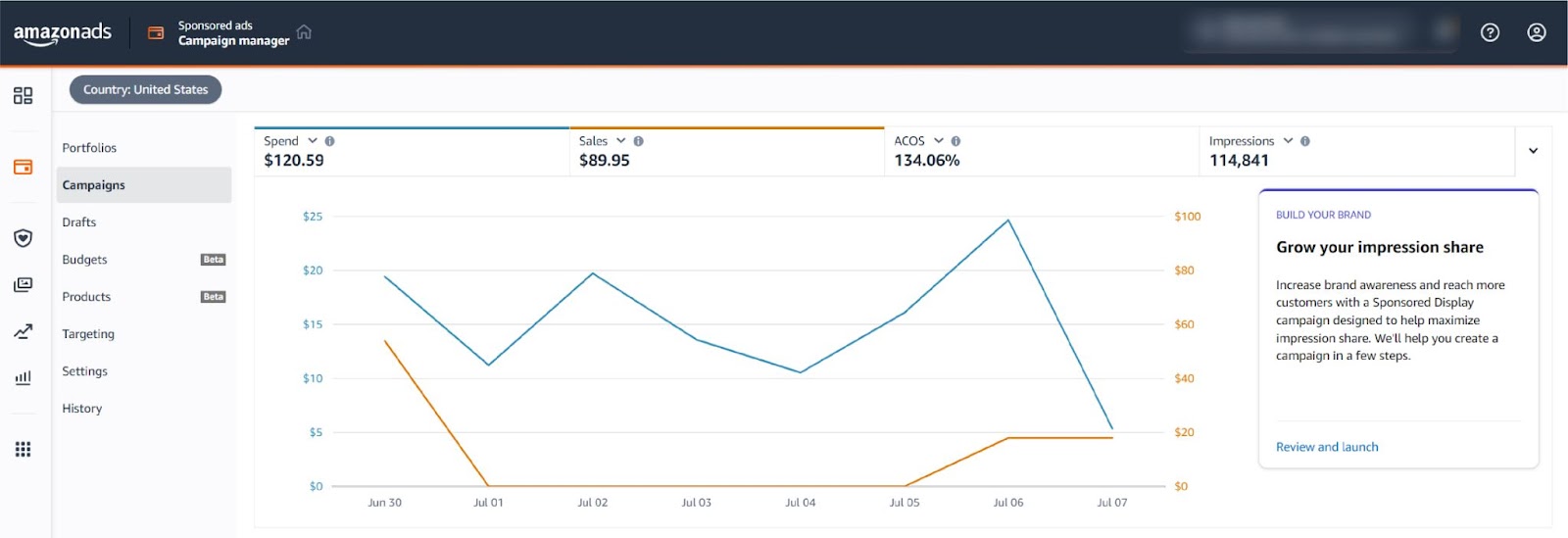
1. Organize your campaigns: A messy campaign structure directly affects your bottom line. This is because it is almost impossible to scale and optimize unstructured campaigns
2. Use negative keywords: Negative keywords help you avoid irrelevant clicks and save money.
3. Adjust bids by placement: Each ad placement is unique, with its own pros and cons. To find the performance-by-placement data in your campaigns, open any KDP campaign and tap on the “Placements” tab.”
4. Monitor your campaigns regularly: Monitor your campaigns regularly to see what’s working and what’s not.
5. Experiment with different ad formats: Experiment with different ad formats like Sponsored Products, Sponsored Brands, and Sponsored Display ads.
6. Use Amazon’s advertising metrics and reporting tools: Use Amazon’s advertising metrics and reporting tools to monitor your campaigns and develop an informed advertising strategy by seeing which of your tactics and channels are the most effective.
3 Advanced Strategies for Catalyze Your Amazon KDP Ads
A/B Testing
This is a way to compare two different versions of an ad to see which one performs better. For example, you can use A/B testing to test different ad headlines, descriptions, images, and keywords. To do an A/B test, you create two versions of your ad and then run them both at the same time. You can then track the results to see which ad performs better.
Retargeting
It’s a way to show your ads to people who have already visited your website. For example, you can use retargeting to show your ads to people who have viewed specific pages on your website, added items to their shopping cart, or even made a purchase. Retargeting can be a great way to reach people already interested in your products or services.
Automatic Targeting
This strategy is a way to let Amazon decide which keywords and placements to use for your ads. Automatic targeting is a good option if you don’t have much time to optimize your campaigns. Amazon will use your ad history and the performance of your other campaigns to determine which keywords and placements to use for your ads.
Bidding Strategies & Best Practices for Maximizing ROI
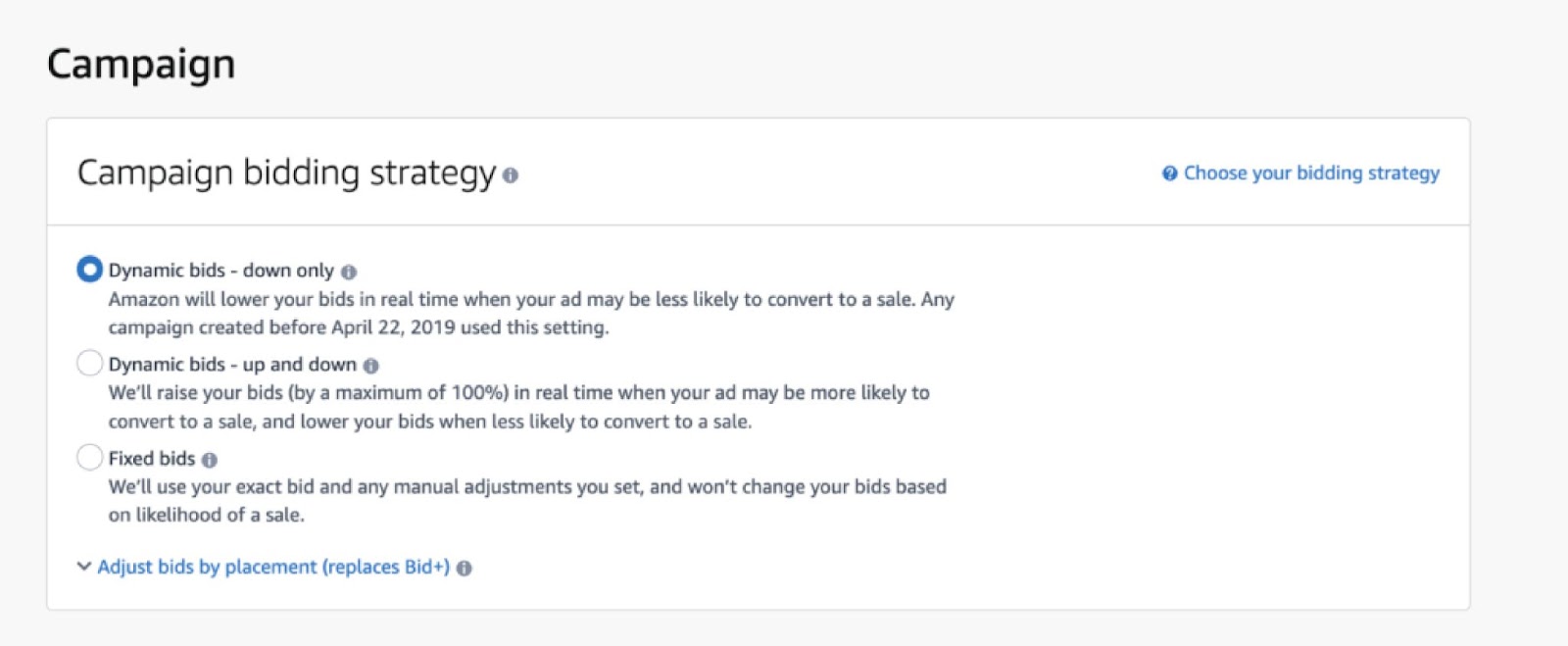
There are many different bidding strategies that you can use for your Amazon KDP ads, but the best strategy for you will depend on your specific goals and objectives. Here are a few of the most popular bidding strategies:
- Cost per click (CPC) bidding: With CPC bidding, you set a maximum amount you will pay each time someone clicks on your ad. This can be a good strategy if you are trying to drive traffic to your website or generate leads.
- Cost per impression (CPM) bidding: With CPM bidding, you set the maximum amount you will pay each time someone sees your ad. This can be a good strategy if you are trying to increase brand awareness or reach a large audience.
- Dynamic bidding: With dynamic bidding, Amazon automatically adjusts your bids based on a number of factors, such as the likelihood of conversion or the competition for your keywords. This can be a good strategy to maximize your return on investment (ROI).
In addition to choosing the right bidding strategy, there are a few other things that you can do to maximize your ROI for your Amazon KDP ads:
- Set a budget: It is crucial to set a budget for your Amazon KDP ads before you start running them. This will help you control your budget and ensure you are not overspending.
- Target your ads: Make sure that your Amazon KDP ads are targeted to the right audience. This means using the right keywords and placements.
- Monitor your results: It is important to monitor the results of your Amazon KDP ads so that you can make necessary adjustments. This means tracking your clicks, impressions, conversions, and cost per acquisition.
Conclusion
Amazon KDP Ads can be a powerful tool for self-publishing authors to promote their books and reach a wider audience. Following the tips and strategies outlined in this guide, you can create effective campaigns targeting the right readers and driving more sales.
However, as with any advertising platform, mastering Amazon PPC requires ongoing learning, testing, and optimization.
If you ever feel overwhelmed or need professional guidance, Eva is here to help. As an experienced Amazon PPC consultant, we can provide personalized advice and support to help you achieve your goals. Feel free to reach out for a free consultation and take your Amazon business to the next level.
FAQ | Amazon KDP Ads
Yes, Amazon ads can effectively promote books published through Kindle Direct Publishing (KDP). By running sponsored ads on Amazon, authors and publishers can reach a wider audience and potentially increase sales.
However, creating targeted campaigns and monitoring performance is important to ensure the best results.
The cost of Amazon ads on KDP can vary depending on factors such as the ad format, targeting options, and the bid amount. Amazon uses a pay-per-click (PPC) model, which means advertisers only pay when someone clicks on their ad.
You can set a daily budget and a maximum bid per click, and the cost per click can range from a few cents to several dollars.
To stop running ads on KDP, log in to your Amazon Advertising account and go to the “Campaign Manager” tab.
From there, find the campaign you want to stop and click on the “Pause” button. This will stop the campaign from running and prevent any further charges. If you want to delete the campaign altogether, you can click on the “Delete” button.
To run an ad campaign on KDP, first, create an Amazon Advertising account if you haven’t already.
From there, go to the “Campaign Manager” tab and click on “Create Campaign.”
Choose the ad format you want (sponsored products, sponsored brands, or sponsored display), select your targeting options, set a daily budget and bid amount, and create your ad.
Once you’ve reviewed and submitted your campaign, it will go through a review process before running.

